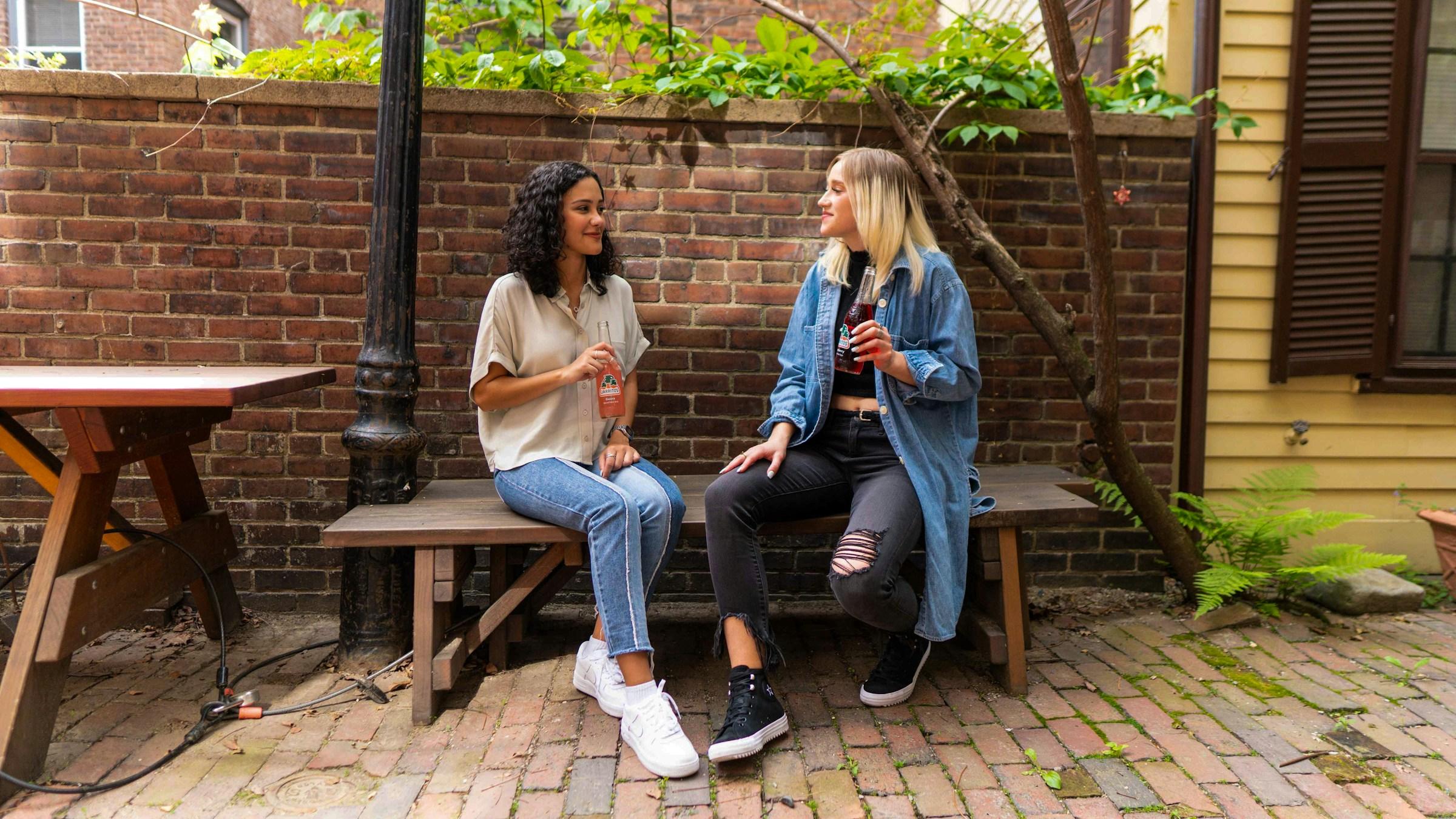The modern dining room, hotel lobby, or neighborhood café greets you with a new ritual of gratitude that fits quietly into daily life. Where a glass jar once invited loose change and shy smiles, a small square of black and white pixels now rests by the register, on a receipt folder, or on a neat stand in the corner of a hotel room. This little square is not only a tool for payment. It is a doorway that reshapes how appreciation moves between guests and the people who make hospitality possible. When we scan a code to leave a tip, we are not only adopting a quicker method. We are revising the choreography of service, replacing friction with ease, and bringing new clarity to the way thanks is offered, recorded, and shared.
The first transformation is speed. In a café during the morning rush, every second matters. Guests want to pay, offer a tip if they wish, and step aside without holding up the line. The scan of a code takes the place of a rummage through a wallet or a mental calculation under the gaze of a barista who is already halfway to the next order. Gratitude is no longer tied to the counter or the exact moment of checkout. The phone already in a guest’s hand becomes the stage where the gesture happens. With one quick scan and a couple of taps, the tip is set and the line keeps its rhythm. That rhythm does not only make customers happier. It also steadies the room for staff who no longer need to break flow to pass a card machine back and forth or settle small but distracting interruptions at the till.
Speed alone would not justify a redesign of a long standing custom, yet speed comes with a second shift that matters even more. The tip acquires a record. Instead of a scatter of coins in a jar, there is a ledger of small acts of appreciation. The visibility helps staff advocate for themselves, since they can point to clear numbers when discussing schedules, performance, and the shape of a service week. A pattern emerges that connects busy brunches, quiet midweeks, and seasonal swings. When a business wants to understand where energy and attention should go, a trail of digital tips is a surprisingly rich signal. The warm intent behind a tip meets a practical form that can be studied and respected.
For workers, the psychological effect of this change is easy to miss and hard to overstate. A notification at the end of a shift is not only a tally of money. It is often a note from a stranger who appreciated a kind word, a well timed refill of water, or a luggage cart that arrived without fuss. Those notes sit beside numbers to form a record of invisible labor. Hospitality depends on actions that feel effortless to guests only because someone else absorbed the effort. When digital tipping captures both the value and the voice of gratitude, it helps staff feel seen in a job where much of the work is designed to disappear. Recognition becomes portable and persistent rather than fleeting and conditional on the sound of coins.
Guests also benefit from the privacy and agency that QR tipping provides. In the past, a diner might feel watched while choosing a percentage, which could turn a moment of generosity into a test of social performance. The interface relocates that pressure away from the counter. A person can decide at the table, on the sidewalk after leaving, or even on a train home when the memory of an especially kind interaction resurfaces. The decision becomes quieter, more deliberate, and often more honest. Instead of scanning the room for cues about what is expected, the guest simply chooses. The choice still reflects culture and conscience, but it is less entangled with performance.
From an operator’s point of view, QR code tipping can improve fairness. A traditional tip jar tends to favor whoever stands closest to it. Digital systems are more likely to distribute tips according to rules that consider the entire team. The runner who keeps the floor calm, the housekeeper who works out of sight, and the barista who takes the orders can all be included. No system is perfect, because hospitality teams and tasks are diverse, but moving from a jar to a ledger makes it easier to design a fairer split and to keep that promise consistently.
Design itself is now part of hospitality’s tool kit. A QR code can be placed carelessly and feel like a demand. It can also be presented with warmth and clarity that turn the prompt into an invitation. The copy beside the code matters, as do the suggested percentages and whether one is preselected. The tone of the screen should match the tone of the room. In a fine dining setting, the code may be tucked into a folio with a line that thanks the guest without presumption. In a casual café, it might sit by the register with a cheerful note that fits the personality of the place. The code is the same, but placement and language carry cues that show respect for the guest’s autonomy. Good design here is not decoration. It is a continuation of service.
Hotels highlight another advantage. Many guests intend to tip housekeeping but do not carry cash in their rooms. A discreet QR code gives shape to that intention and directs it to the right person or team. Gratitude reaches the workers whose contributions are essential yet often overlooked because they operate outside the guest’s field of vision. In this sense, digital tipping brings an ethical correction. It acknowledges labor that sustains comfort in the background and lets thanks travel directly to the people doing that work.
A broader cultural conversation runs alongside these practical gains. Some people bristle at the sense that screens ask for tips in situations where tips were not customary. Others appreciate the transparency that a clear prompt provides. The debate is not new, but digital systems make it easier to see. When critics worry about pressure, they are often speaking about tone, not about the existence of a code. Hospitality can answer this worry by keeping prompts modest, by explaining where tips go, and by ensuring that service quality rather than nagging screens sets the expectation. Respect lives in the details. If a guest feels serenely free to decline, generosity feels genuine when it arrives.
Concerns about fees and delays are also part of the picture. Staff and owners alike worry that money may pass through too many hands before reaching the people who earned it. This is a design and policy problem that operators need to solve with careful selection of systems, with clear communication to staff, and with transparent reporting. The same visibility that makes QR tipping useful for analysis can make it useful for accountability. When people see where money goes and how quickly it arrives, trust grows. The technology is not a substitute for fair pay or sound management. It is a complement that works only when those foundations are strong.
The sensory experience of tipping has changed as well. The clink of coins carried a charming theater. A digital ping is quieter. Yet the quieter sound belongs to a more reliable rhythm. The benefits accumulate across a service day. The queue moves a little faster. The staff feel a little more recognized. The distribution is a little fairer. The business understands its patterns a little better. The room holds a gentler mood because small frictions no longer flare. None of these changes needs to shout. They compound into a more graceful experience.
What emerges is a portrait of hospitality that is truer to the way people already live. Phones hold our calendars, maps, conversations, and payments. Gratitude that travels on the same path does not diminish the human warmth of service. It gives the warmth a cleaner route. The guest can express appreciation without self consciousness. The worker can receive it without guesswork. The operator can honor it in policy and planning. When this triangle aligns, the quality of the encounter improves for everyone.
QR code tipping is often framed as a technical tweak. In practice it is a cultural reframe. It preserves the heart of the ritual and adjusts the steps so that they fit the tempo of modern life. The guest’s decision is private and swift. The staff member’s effort is seen and recorded. The business gains a transparent view that can support better staffing and fairer sharing. At its best, the code recedes and the human exchange stands more clearly. We remember the kindness that prompted the tip rather than the device that carried it.
If hospitality is an art of attention, then any tool that removes unhelpful friction without stealing focus deserves a place on the counter or the bedside table. The small square of pixels does not replace the smile, the steady voice, or the sense of welcome that defines the field. It simply lets those human elements do their work with fewer obstacles and a better memory. In that sense, the rise of QR code tipping is not the end of an old custom. It is the maturing of a practice that has always tried to balance efficiency, fairness, and grace. The jar had its moment. The ledger now carries the story forward, line by line, with room for notes that say thank you in full.




.jpg&w=3840&q=75)




.jpg&w=3840&q=75)





